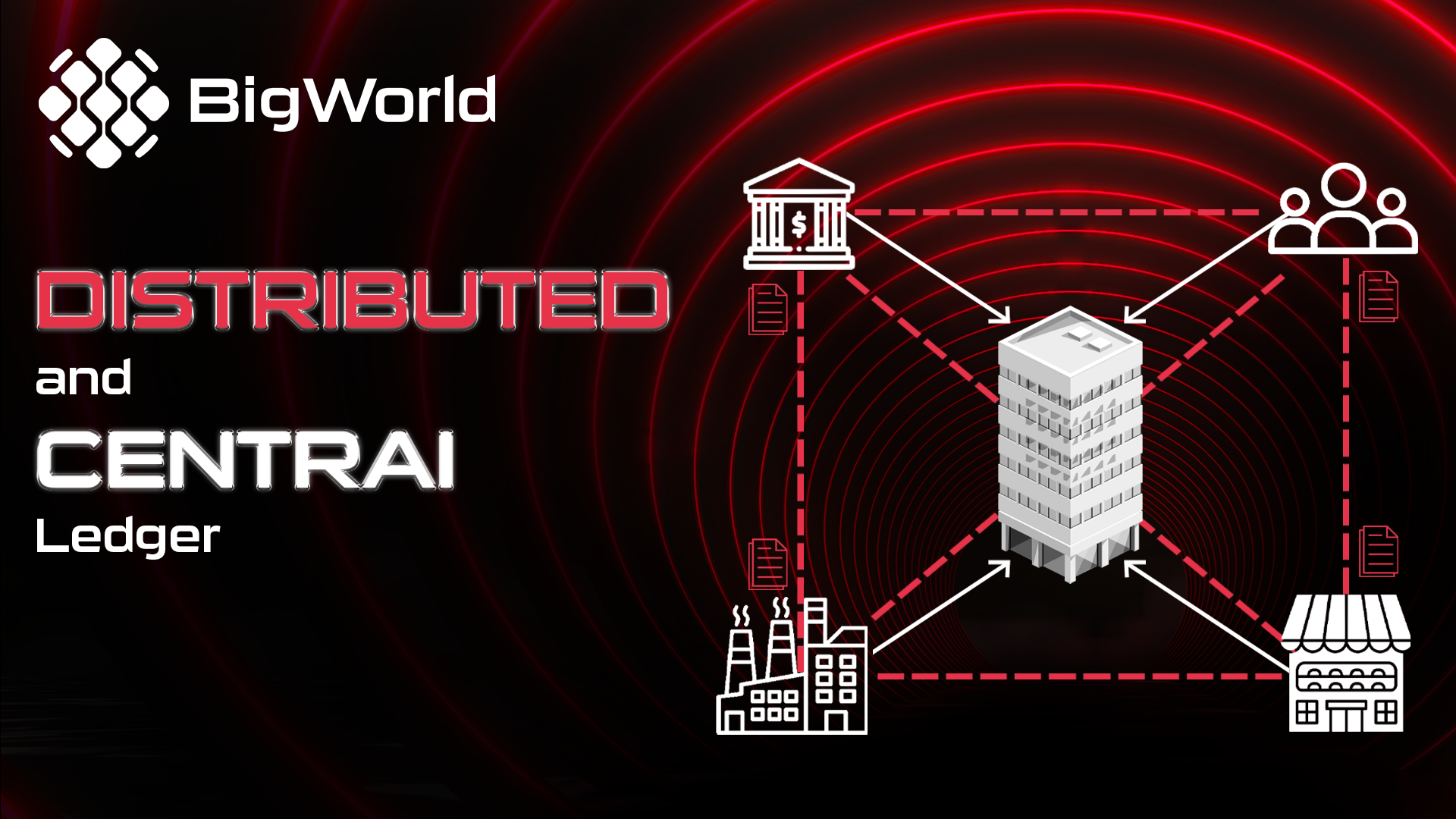What is Distributed & Central Ledger: Why is it matters?

In today’s fast-paced digital economy, trust and transparency are everything—especially when it comes to managing your finances. Whether you’re trading crypto, investing in tokenized assets, or simply transferring money, the systems that record and secure these transactions play a pivotal role. At BigWorld, we believe understanding these systems is key to navigating the future of finance, whether you’re exploring Real-World Assets (RWAs) or building a balanced crypto portfolio. Let’s break down what distributed and centralized ledgers are, how they work, and why they matter to you.
1. What Are Ledgers?
Think of a ledger as a record-keeping book, like the ones you might have seen in old-school accounting offices, but now digitized for the modern age. Ledgers track every transaction, ensuring accuracy, accountability, and transparency. In the financial world, they’re the backbone of trust, ensuring that every dollar, token, or asset is accounted for.
But here’s where things get interesting: not all ledgers operate the same way. Traditional systems rely on centralized ledgers, while the rise of blockchain technology has brought distributed ledgers into the spotlight. Let’s dive into the differences.
Then, what are distribution and centralized ledgers, anyway?
A centralized ledger is controlled by a single entity—usually a bank, institution, or payment service. It acts as a central database that keeps track of balances and transactions. Think of it as a traditional spreadsheet maintained by one trusted party.
A distributed ledger spreads record-keeping across multiple nodes in a network. There's no single authority. Instead, all participants maintain a synchronized copy of the ledger.
Blockchain is one form of distributed ledger, but not all distributed ledgers are blockchains.
2. How Ledger Works?
2.1 How Centralized Ledger work?
When you transfer money or buy an asset, the transaction is recorded in the central database. Then, the authority verifies and approves the transaction, ensuring everything adds up.

When you use a traditional bank to transfer money, the bank records the transaction in its centralized ledger. If the bank’s system goes down, your transaction might be delayed—or worse, your funds could be at risk.
2.2. How Distribution Ledger work?
Transactions are recorded across many computers (nodes). When there is change, It must be agreed upon by network participants. Also, data is cryptographically secured and time-stamped.

3. Why It Matters: The Role of Ledgers in Crypto and RWAs
The choice between centralized and distributed ledgers isn’t just a technical debate—it’s a game-changer for how we interact with money and assets in the crypto space.
- Crypto Trading: Centralized exchanges (CEXs) like Binance use centralized ledgers to manage trades, offering speed but requiring trust in the platform. Decentralized exchanges (DEXs) like Uniswap, on the other hand, leverage distributed ledgers for peer-to-peer trading, giving you more control but sometimes at the cost of speed.
- Real-World Assets (RWAs): Distributed ledgers are revolutionizing how we tokenize and trade RWAs. From real estate to fine art, assets can be represented as tokens on a blockchain, recorded on a distributed ledger. This opens up new opportunities for fractional ownership, global access, and transparency—key pillars of the future of finance.
At BigWorld, we’re passionate about empowering you to navigate this evolving landscape. Whether you’re trading crypto, investing in RWAs, or simply exploring the world of blockchain, understanding the role of ledgers is a crucial first step.
4. What to choose? Central or Distributed?
While distributed ledgers offer exciting advantages, centralized systems aren’t going away anytime soon. Many real-world applications still benefit from the speed and simplicity of centralized control.
The future may lie in hybrid models that combine the best of both worlds: transparency and resilience from distribution, with speed and oversight from centralization.
As a user or investor, understanding these systems helps you evaluate the tools, platforms, and assets you interact with, especially as innovations like RWAs evolve.
5. Last Words
The difference between centralized and distributed ledgers goes beyond architecture. It’s a matter of control, trust, and transparency. In traditional finance, we rely on institutions to manage ledgers for us. In decentralized finance, we rely on code, consensus, and distributed networks.
At BigWorld, we aim to break down these concepts and share how they connect to real opportunities in crypto and beyond. Whether you’re just starting your journey or digging deeper into digital assets, understanding the ledger is a great place to begin.
Stay informed. Stay curious. And always know who's keeping the books. Join us now: https://t.me/BigWorldAnnouncement


